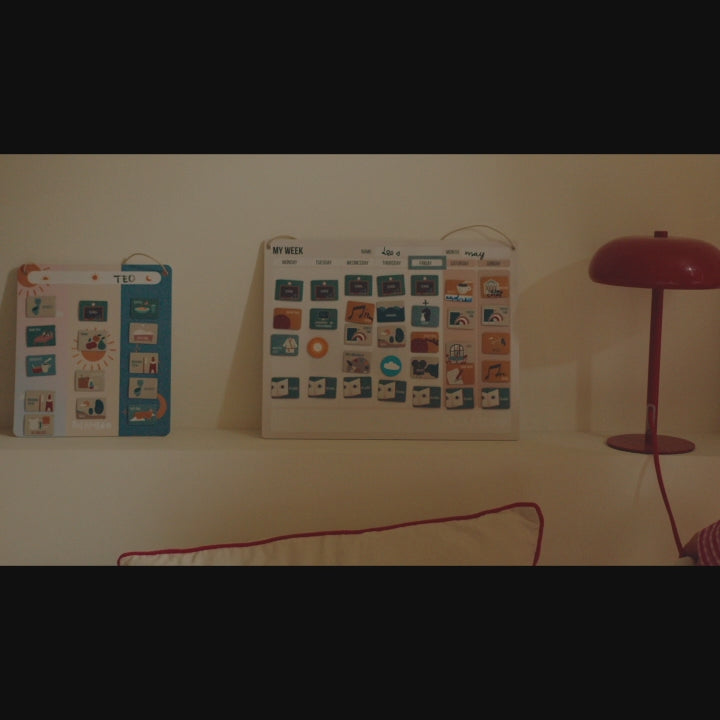Simple guide
to little plans
Transform daily chaos into calm, predictable routines. Less stress for a child, life easier for parent.

Simple guide
Transform daily chaos into calm, predictable routines. Less stress for a child, life easier for parent.
Our psychologist-approved planners use a playful approach to teach children independence and establish a secure, predictable routine, helping you create a calmer, more connected home.
Why use Palamboo planners?